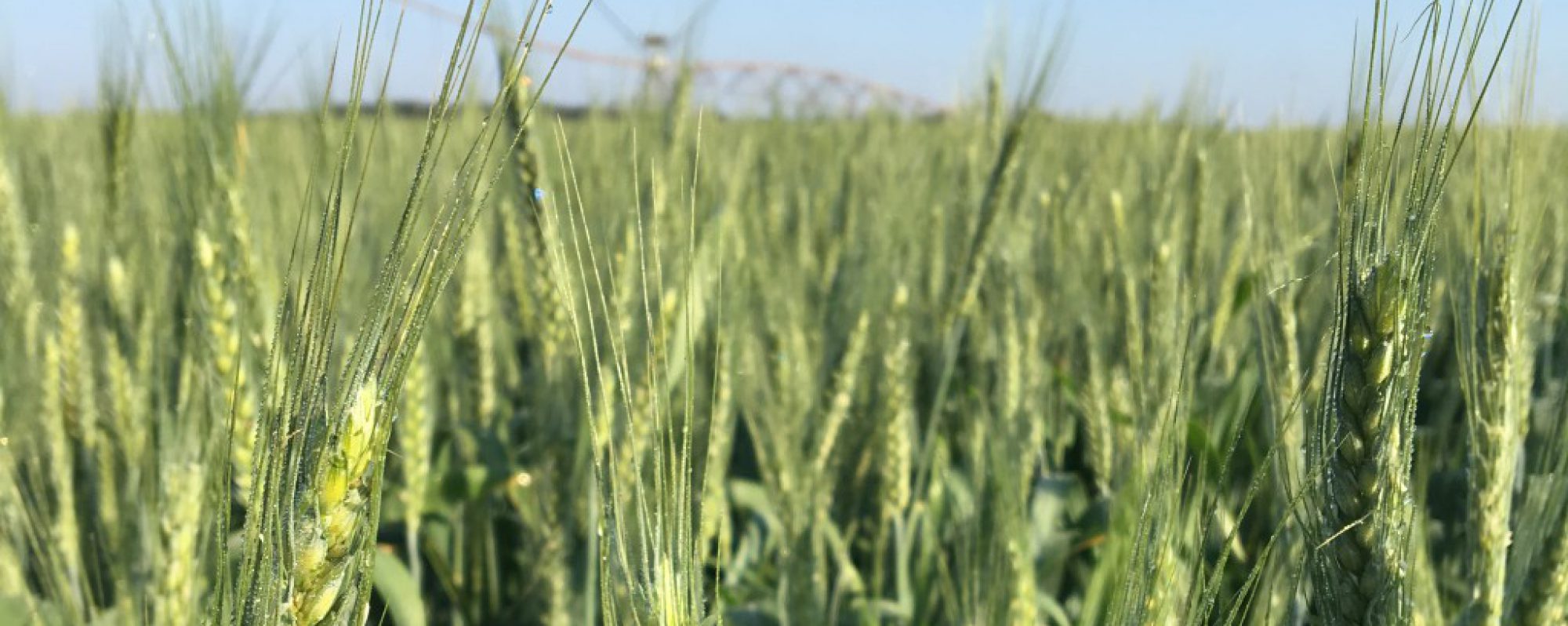
Yesterday I came across some mycelium in the peanut field in Abbeville that turned out to be false white mold. There are no BB’s or sclerotia present as in real white mold. Every year we see some of this in fields. It’s been a while since I’ve seen it. UGA Extension Pathologist Dr. Bob Kemerait has this to say:
Andrew “Tom” Sawyer sent me these great pictures from Wilcox County yesterday afternoon. They are images of what we call “false white mold” which is caused by the fungus Phanerochaete. This is NOT the white mold/stem rot that causes so much damage to our peanut crop and growers SHOULD NOT spray anything for it. False white mold does NOT harm the plant; in fact the real damage false white mold can cause is that grower spend money unnecessarily fighting it.
False white mold is most often found in conservation tillage where the white fungal growth covers both the limbs of the peanut crop and the associated crop debris.
Early in its growth and development, the Phanerochaete fungus appears nearly identical to the white mold/stem rot pathogen and all-round bad guy Sclerotium rolfsii. However, as Phanerochaete ages it begins to turn a yellow-orange color and takes on a toothed or hairy appearance. Phanerochaete NEVER produces BB-sized sclerotia like Sclerotium rolfsii does.
A final difference, no lesions form beneath the fungal growth of Phanerochaete; they often form beneath the fungal growth of Sclerotium rolfsii.
